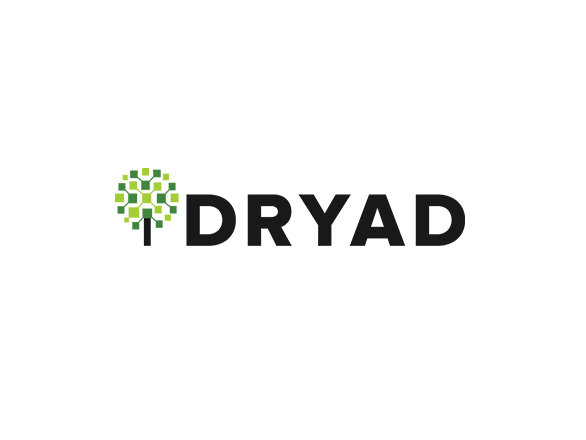
Open access to research data
The University of Nevada, Reno is now a member of Dryad, an open-access data repository where researchers can publish finalized research data ready to be shared with the public. The repository is used worldwide to meet data publication mandates. Researchers at the University can use the platform for free as part of our ongoing commitment to open access and data sharing.
